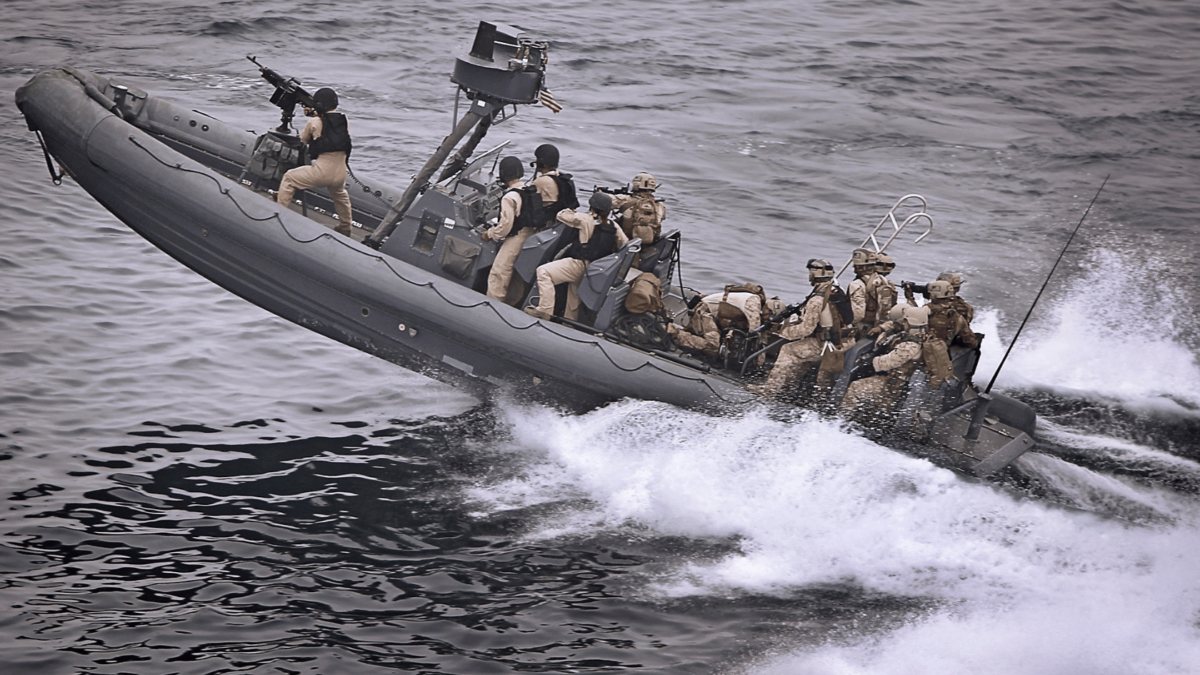The safety and welfare of personnel aboard military vessels is of utmost importance as these watercrafts continue to advance in speed and capability. Navigating within high-stress settings has become a common occurrence for military staff, where swift judgments and intricate maneuvers constitute the daily regimen at sea.
To delve deeper into the ramifications both on the vessels and the individuals embarked, Barnacle Systems collaborated with the Canadian Armed Forces in amalgamating human and vessel data. Through the utilization of wearable biometric sensors, a Navy-provided ship, and Barnacle’s sensor center, known as BRNKL Black, a venture was initiated to better understand the influence of high-stress circumstances on military personnel serving on rigid-hulled inflatable boats (RHIBs). The endeavor encompassed the real-time merging of data using BRNKL Black, sourced from two vital sensor frameworks:
- Biometric sensors: These wearable gadgets gauge diverse physiological metrics, including heart rate, respiration rate, skin temperature, skin dampness, and acceleration.
- Vessel networks: Onboard sensor networks consisting of GPS (ground speed), engine diagnostics (RPM, torque), and attitude (pitch, roll, and impact).
Through the integration of real-time insights from both human-attired and vessel-mounted sensors, showcased on a singular control panel, operators and human-performance researchers can establish a link between the process of piloting high-speed watercraft and the bodily reactions (e.g., impact, heart rate, respiration rate) of those in authoritative positions.
The BRNKL Black facilitates the secure compilation of sensor data from all feasible origins, with the embedded playback mechanism allowing for the reassessment of training sessions to elucidate stressors at distinct junctures within a mission. When coupled with engine data and hull impact statistics, operators gain valuable insight into the interplay between physiological responses, vessel effectiveness, and environmental conditions, thereby refining operational strategies.
“We’re proud to introduce an integration that goes beyond the boat,” expressed Brandon Wright, CEO of Barnacle Systems. “By providing RHIB operators with the ability to collect and measure data from both the boat and their crew, we empower them to make informed decisions, minimize risks, and enhance the safety of those on the vessel.”
Surpassing its pragmatic applications, this initiative ushers in new avenues for in-depth investigation concerning the influence of maritime and military surroundings on human efficiency. This new wealth of knowledge could spur developments in safety procedures, vessel configurations, and customized training initiatives tailored to the distinct adversities faced by personnel stationed aboard waterborne crafts.

